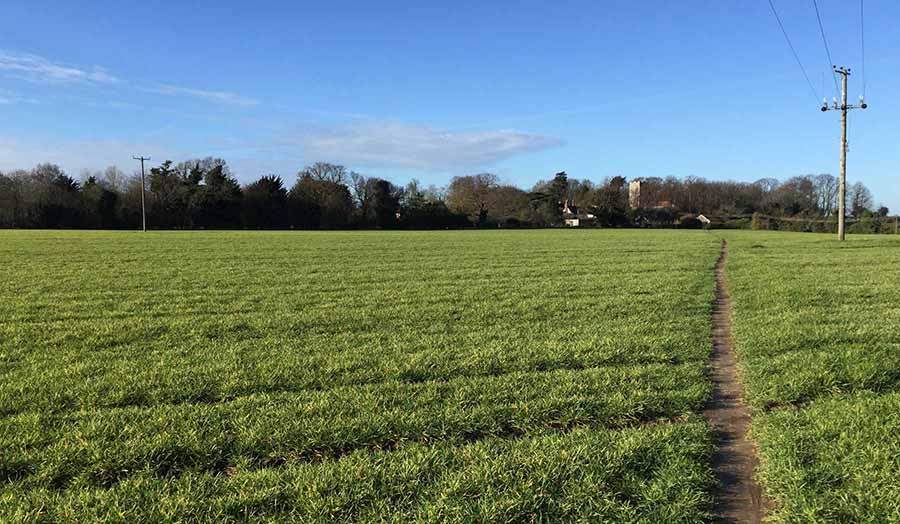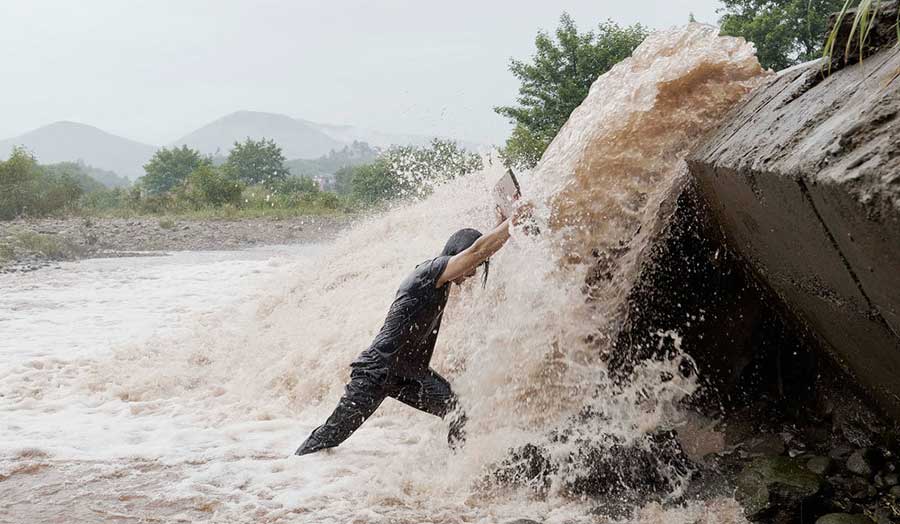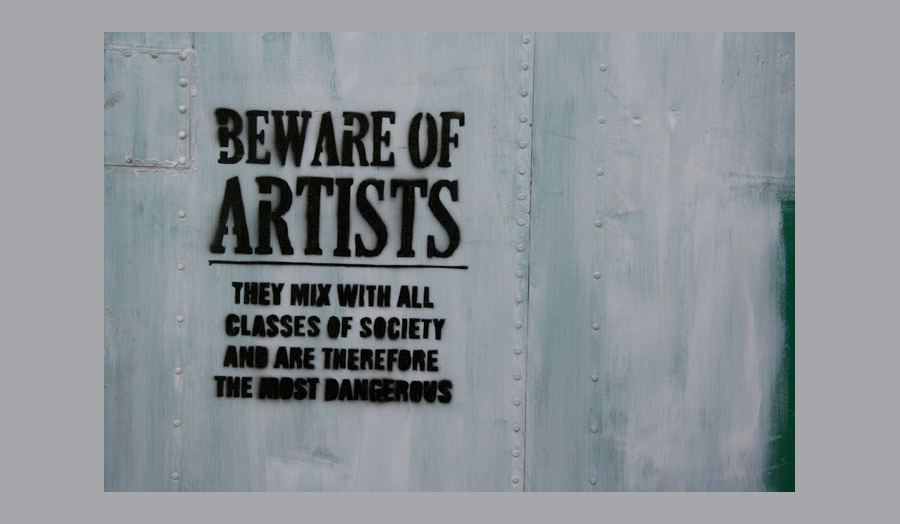Studio brief
"Design needs to be plugged into human behaviour. Design dissolves in behaviour."
Naoto Fukasaw
Desire Paths may be visible as traces of use or wear that signpost preferred methods of interaction, be that with object or environment (including the body). The implicit claim is that they represent an unbiased indication of our authentic response and suggest frequency of real world engagement. They show up as patterns and deviations, experienced in all aspects of our daily lives and have the capacity to affect and shape our ideas. They are seen in diverse contexts such as landscaping, urban planning, user interfaces in technology and in the ways in which we respond to the objects we wear and use. They make explicit our desires for speed, ease, comfort, novelty and beauty.
Though a concept born in the physical world, Desire Paths may also be interpreted as metaphor for anarchism, viewed as evidence of deviation, an "inability or unwillingness to do what we’re told" (Moor) or a "record of collective disobedience" (Ballard). They may be an inherent or learned aspect of individual creativity, or emerge through "the wisdom of crowds" (Surowiecki, 2004) and have the capacity to express essential values beyond borders and disciplines.
Such traces sit at the intersection of design and user experience. Rather than predicting object, environmentor interface interaction or navigation, we will search for evidence of desire paths, exploring implications and opportunities. From a ‘me’ to ‘we’ focus, the aim is to support a practice to produce experiences that serve, empower and enchant through audience encounters, outcomes that resonate with the needs of those that use/experience them, and that create an emotional connection with us as human beings. Could this approach contribute to your creative practice?
Paths of Desire is for those seeking to explore their practice methodology and/or grow audience desire for their work. The Studio will spend the seminar weeks engaged in activities that model the research and development of a dissertation, before moving into individual tutorials. You will experience each other as a valuable resource in testing and confirming authentic areas of interest, and in developing the confidence to identify and set up key primary research experiences. Through readings, short pieces of writing, talks, exhibition and site visits, and the sharing of individual ideas and research findings, this studio aims to explore what is most important to you, contributing to your strategic thinking, a more sustainable practice, your capacity for empathy and creative success in the process.
Suggested readings, resources and preparatory activities
Over the Summer – visit, read, view:
- Ideas in Motion: Borders, Bodies and the Universe, Tate Modern, London, 11 to 16 June 2019
- The London Design Festival 2019, Designed by Junya Ishigami, 21 June to 6 October 2019
- Serpentine Pavilion 2019, Designed by Junya Ishigami, 21 June to 6 October 2019
- Simmel, Georg, The Metropolis and Mental Life 1903, Essay, Blackwell Publishing (PDF)
- What Can We Learn From Shortcuts? Ted Hume, TED Talk, 2016
During the year:
Exhibitions
- Beazley Designs of the Year 2019, Design Museum, London, September 2019 to January 2020
- Olafur Eliasson – In Real Life Tate, London, July 11 2019 to 5 January 2020
- Tim Walker – An immersive journey into fantastical worlds, V&A, London, opens 21 September 2019
- 24/7 – A major exhibition exploring the non-stop nature of modern lives, Somerset House, London, 31 October 2019 to 1 March 2020
Readings
- Ballard, S, Z Joyce, L Muller, 'FCJ-20’, in: Networked Utopias (Issue 20, p.6)
- Batra, R, C, Seifert, D, Brei (eds), The psychology of design: creating consumer appeal (Routledge, 20
- Benz, P, Experience Design, (Bloomsbury Academic, 2014)
- Chapman, Jonathan, Emotionally Durable Design: Objects, Experiences, and Empathy, (London: Earthscan, 2005)
- Ingold, T, Making: anthropology, archaeology, art and architecture (London: Routledge, 2013)
- Irvine, William B, On Desire: Why We Want What We Want, (Oxford University Press, 2006)
- Moor, R, Tracing (and erasing) New York’s Lines of Desire, The New Yorker (20 February, 2017)
- Norman, Donald A, Living with Complexity, (MIT Press, 2011)
- Papanek, Victor, Design for the Real World: Human Ecology and Social Change, (Thames and Hudson, 1985)
- Pezeu-Massabuau, Jacques, A Philosophy of Discomfort, (Reaktion Books, 2012)
- Rose, David, Enchanted Objects: Innovation, Design, and the Future of Technology (2014)
- Schroeder, Timothy, Three Faces of Desire, (Oxford University Press, 2004)
- Schwartzman, Madeline, See Yourself Sensing: Redefining Human Perception (London: Black Dog Pub, 2011)
- Surowiecki, J, The Wisdom of Crowds (Doubleday, 2004)

Details
| Tutor | Heidi Yeo |
|---|

-(1)-(1)-(1).jpg)
-(1).jpg)


-(1).jpg)








